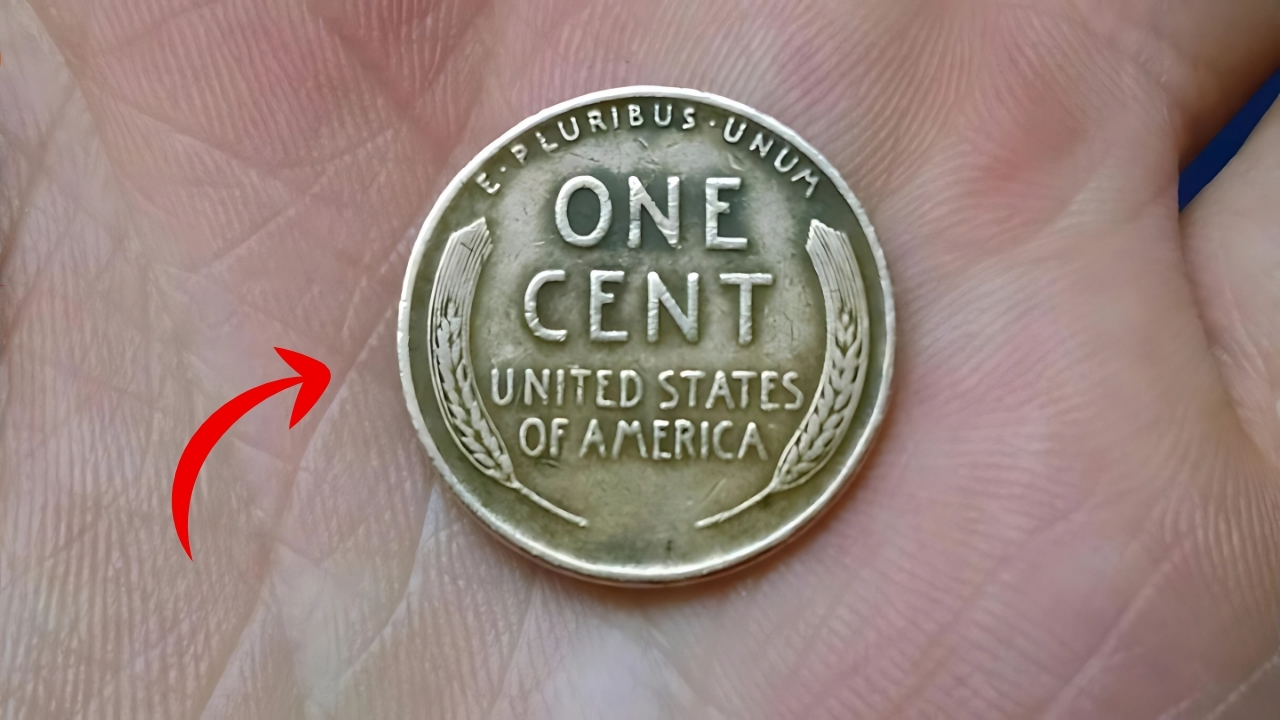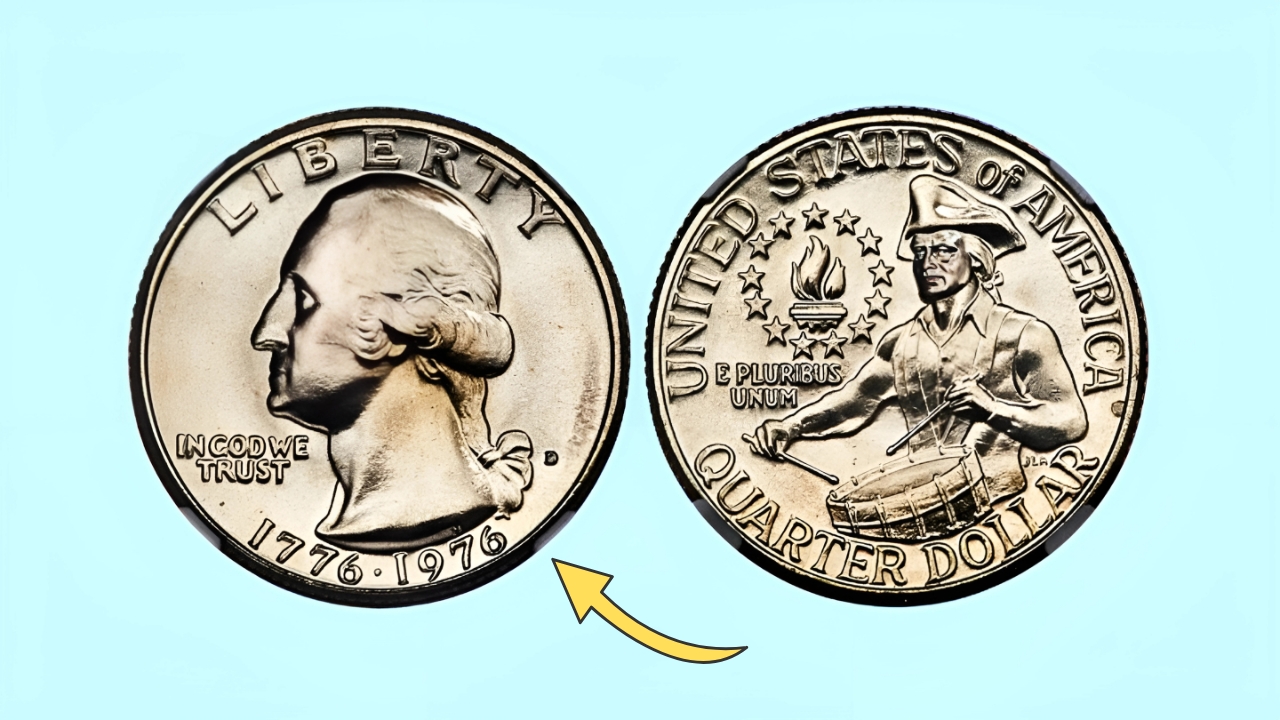Lincoln Wheat Penny: The Lincoln Wheat cent quickly became the cent of choice of many American coin collectors, and has since become arguably the most famous and recognizable American coin in all of numismatic history.
This normal date cent is from the era between 1909-1958 and contains almost a half century worth of American history in its nearly copper plump surface.
What started as an event to highlight the 100th anniversary of the birth of Abraham Lincoln turned into a little pocket-sized item that knew two World Wars, the Great Depression and the dawn of the atomic age —
a creation that also served as the basis for untold numbers of childhood coin collections that helped raise legions of future numismatists.
Table of Contents
Lincoln Wheat Penny: Sources of Design and Historical Background
In 1909, President Theodore Roosevelt’s sweeping plan to beautify American coinage finally overtook the humble little penny.
The administration hired sculptor Victor David Brenner to create a commemorative coin to honor the 100th anniversary of Abraham Lincoln’s birth—becoming the first person to appear on a U.S. coin that was circulated regularly (an actual person rather than simply an allegorical image of Liberty).
Brenner’s front of the coin depicted Lincoln facing to the viewer’s right from a photograph from 1864 taken by Anthony Berger at the studio of Mathew Brady.
The reverse depicted two stalks of wheat flanking the words “ONE CENT” and the country “UNITED STATES OF AMERICA,” with “E PLURIBUS UNUM” arched above.
The coin’s reverse would be the source of the coin’s long-standing nickname: Wheat Penny or Wheat Cent.
Early Controversy: The VDB Signature
The first release in 1909 met with instant uproar because Brenner’s initials “VDB” were prominently displayed on the bottom just below the reverse side of the coin.
Public outcry at this perceived self-promotion caused the “WS” initials to be entirely removed after only a few days production at Philadelphia and San Francisco.
This sudden shift turned a common 1909-S VDB cent into the instantly-famous American rare coin, with just 484,000 minted, that stands to this day as a holy grail for collectors.
Brenner’s initials would appear again in 1918, but as minuscule letters on the truncation of Lincoln’s shoulder, where they remain on Lincoln cents to date.
Changes in Composition: Early Bronze Age and Wartime Imperative
For the majority of production, from 1909 until 1982, the pure copper composition was 95% copper, 5% tin and zinc, with the exception of 1943, when the year’s pennies were made of zinc-coated steel. But World War II caused a massive, if temporary, shift in the mix.
The following year, in 1943, the Mint finally switched to the zinc-coated steel cents when copper became critical to the war effort.
These steel cents, with a silvery color when they first entered circulation but a tendency to rust as they age, are one of the most recognizable tokens of home-front struggle during the war.
Their unique look and historical importance has made them some of the most recognizable variations even for more casual collectors.
A few 1943 copper cents (struck on leftover planchets) and a few 1944 steel cents (struck on leftover steels blanks) stick out as some of the hobby’s most valuable Lincoln penny errors, fetching six-figure irght price at auction in authentic specimens.
Key Dates and Rarities
Besides the 1909-S VDB, a number of other dates in the Wheat Penny series have become legend among collectors:
The 1914-D cent, for instance, though 1,193,000 were made turned out to be a major rarity for the simple reason that nearly all were put into circulation during a time when almost no one collected cents from Denver.
The 1922 “Plain” cent (there were 13.1 million, plus some proofs, made with a Denver mintmark) was actually struck in Denver, but with a clogged die filled in the mintmark:
which made for a year when it looks like no mintmarks were produced, as only Denver had cents turned out justice to die possible.
The 1931-S, minted to the tune of only 866,000 pieces during the depths of the Great Depression, is another “key” date that went out of circulation when not too many Americans could afford to save coins.
The series also has many important die varieties and errors such as the 1955 Doubled Die Obverse, with prominent doubling on the date and in the legends, and the 1909-S Over Horizontal S, which has a repunched mintmark.
Cultural Impact and Collecting Legacy
Few coins have slotted into American culture as deeply as the Wheat Penny. For generations of young Americans, these coins were the gateway to numismatics—accessible, steeped in history, and just scarce enough to need commitment to collect but still within the grasp of children.
The ubiquitous cardboard “blue folders” from Whitman Publishing were a right of passage for collectors getting started by spending hours looking through pocket change, rolls from the bank and family stashes for the needed coins on the “books.”
This availability made the collecting pursuit democratic regardless of economic class, provided the collector possessed patience and was meticulous in the cabinet.
With many Parents and Grandparents leaving behind partially assembled collections, sharing and bonding through these small bronze coins began to create family numismatic traditions. Allot of high end numismatic professionals’ careers started with a childhood collection of Wheat Pennies”.
Market Context and Investment Point of View
Common date Wheat Cents in Good or better are among the least costly of American coins collected today, and most can still be found for under a dollar.
But there, key dates and high quality examples have greatly appreciated, as pristine uncirculated even for “common” dates can fetch well into the multi-thousands, because it is so difficult to maintain the copper’s original red coloration even after decades beyond the strike.
The series provides collecting options for all budgets—ranging from modest circulated issues to investment-grade certified specimens.
In fact the 1909-S VDB has surpassed most traditional investments by far, as high-end MS-60/61’s have risen by several thousand percent over the last several decades.
Lincoln Wheat Penny:
The Lincoln Wheat Cent is more than just a denomination or a metal content, it is an icon of American numismatics.
These modest cents saw the country through nearly 50 years of sweeping change, and introduced millions of young Americans to the world of coin collecting, all at the same time.
It may be gone (it was replaced by the Memorial reverse design in 1959), however, the legacy of the Wheat Penny still endures in the coin collections is has inspired, as well as the general love for what is still the most collected coin in America.
In half a century of uninterrupted minting, the Lincoln Wheat Penny would evolve from a simple forty-two-coin Federal Reserve-mandated means of exchange to an iconic cornerstone of pop culture: a tiny, bronze emissary of U.S. history that still holds meaning for collectors decades after it ceased to circulate.











